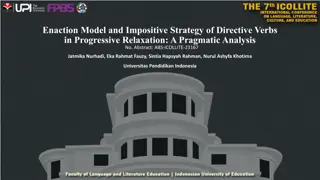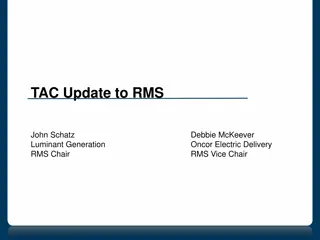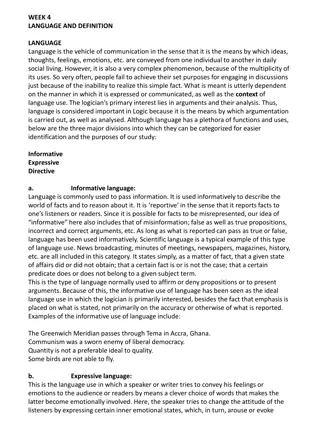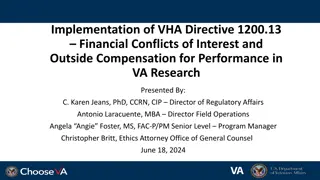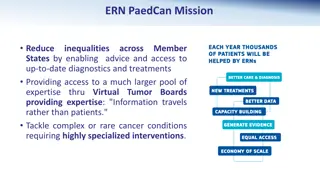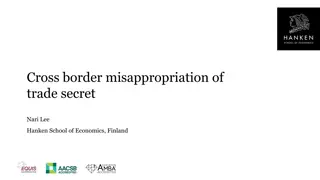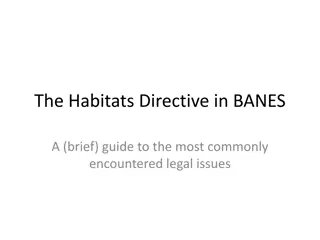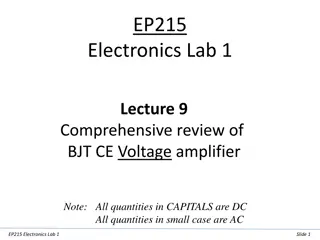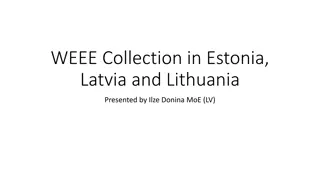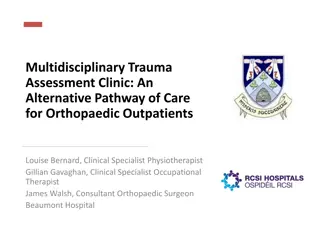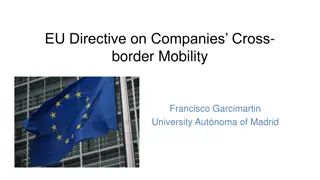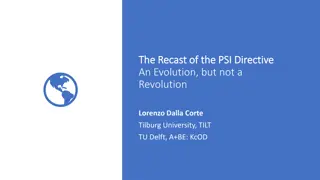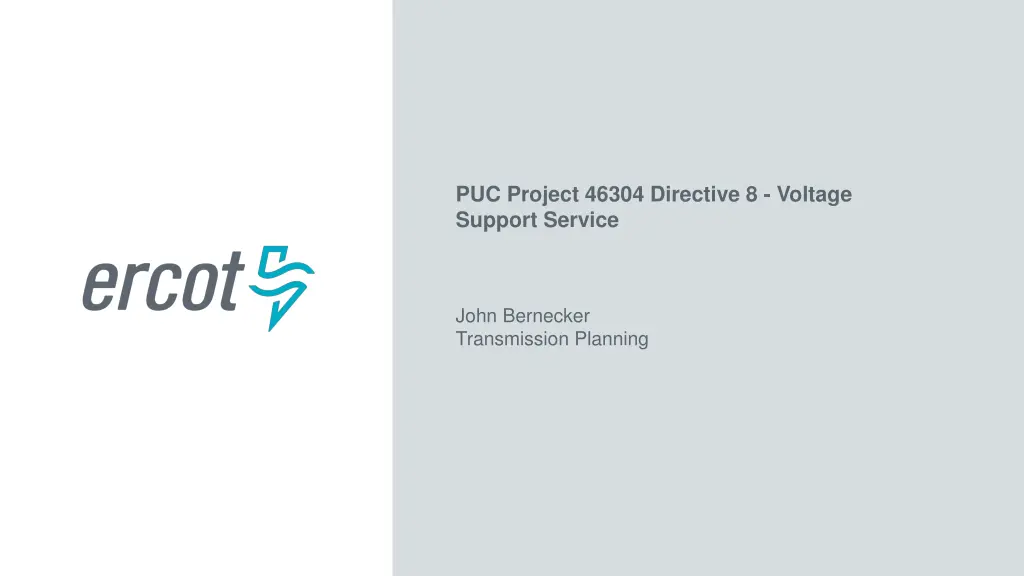
Voltage Support Service Directive for Southern Cross Transmission Planning Study
This article discusses Directive 8 of PUC Project 46304, focusing on the study and determination of voltage support service requirements for entities scheduling flows across the Southern Cross DC tie. The Southern Cross Transmission Planning Study reveals the need for reactive capability to support ERCOT system voltage and the associated cost estimates for potential upgrades.
Download Presentation

Please find below an Image/Link to download the presentation.
The content on the website is provided AS IS for your information and personal use only. It may not be sold, licensed, or shared on other websites without obtaining consent from the author. If you encounter any issues during the download, it is possible that the publisher has removed the file from their server.
You are allowed to download the files provided on this website for personal or commercial use, subject to the condition that they are used lawfully. All files are the property of their respective owners.
The content on the website is provided AS IS for your information and personal use only. It may not be sold, licensed, or shared on other websites without obtaining consent from the author.
E N D
Presentation Transcript
PUC Project 46304 Directive 8 - Voltage Support Service John Bernecker Transmission Planning
PUC Project 46304 Order, Directive 8 ERCOT shall (a) study and determine whether Southern Cross Transmission or any other entity scheduling flows across the Southern Cross DC tie should be required to provide or procure voltage support service or primary frequency response, or their technical equivalents, (b) implement any necessary revisions to its standards, guides, systems, and protocols, as appropriate, and (c) certify to the Commission when it has completed these actions. Primary Frequency Response component resolved by ERCOT Board in August 2018. Voltage Support Service component of directive essentially requires determination as to whether Southern Cross Transmission LLC (SCT) should be required to provide some quantity of reactive power capability to facilitate imports and exports over that DC Tie. This question should be considered in context of policy for other potential new DC Ties. Because question involves equity and market design considerations, ERCOT is seeking stakeholder input on the determination. 2 PUBLIC
Southern Cross Transmission Planning Study Southern Cross DC Tie equipment is not currently planned to have any reactive capability to support ERCOT system voltage. Southern Cross DC Tie imports and exports at any level will cause reactive losses on the ERCOT system. Study conditions and results: Summer peak imports: thermal limits will be reached before voltage limits High wind/low load exports: the ERCOT system has enough margin to support up to 1,289 MW of export before voltage limits are reached. Additional voltage support is needed to export at higher levels. Report link: http://www.ercot.com/mktrules/puctDirectives/southernCross/159973#keydo cs 3 PUBLIC
Southern Cross Transmission Planning Study Results The Planning study illustrated differences in the upgrades that would be needed to achieve full export capability with and without SCT providing 0.95 power factor reactive capability. Cost Estimates ($M) SCT VSS Reactive Capability Option Description 540 MVar dynamic reactive devices at 345 kV Rusk Substation 525 MVar synchronous condenser capacity at 345 kV Panola Substation A new Martin Lake to Panola 345 kV double circuit line 350 MVar synchronous condenser capacity at 345 kV Panola Substation Option A $182 ~ 202 None Option B $185 ~ 205 None Modified Option A 480 MVar dynamic reactive devices at 345 kV Rusk Substation $70 ~ 90 690 MVAR Modified Option B A new Martin Lake to Panola 345 kV double circuit line $102 ~ 123 690 MVAR 4 PUBLIC
Policy Considerations Generation Resources are required to provide reactive capability in accordance with Protocol Section 3.15 (typically +/- 0.95 power factor). Though future system needs are unknown, the Generation Resource s obligation remains the same for the life of the asset. Like power injections from Generation Resources, DC Tie flows require reactive support. Directive 6 involves identifying needed transmission upgrades for Southern Cross. As shown in the Planning study, the decision of whether or not new DC ties should be required to provide voltage support will have an impact on what transmission is necessary to allow for assumed Southern Cross flows. Thus, Directive 6 resolution must follow Directive 8. PGRR077, DC Tie Planning Assumptions, which was approved by the ERCOT Board in October 2020, is indirectly related to this discussion because it codifies that planners should assume DC Tie flows can be curtailed when DC Tie flows cause reliability criteria violations. 5 PUBLIC
ERCOTs proposal Any DC Tie facility that has an initial energization date after January 1, 2021, and any DC Tie facility that is replaced after that date, shall have at least 0.95 power factor leading/lagging reactive power capability. ROS endorsed ERCOT s proposal at the December 3, 2020 meeting. 6 PUBLIC
TAC ERCOT respectfully requests TAC endorse the proposal: Any DC Tie facility that has an initial energization date after January 1, 2021, and any DC Tie facility that is replaced after that date, shall have at least 0.95 power factor leading/lagging reactive power capability. Next Step: Draft NPRR 7 PUBLIC


